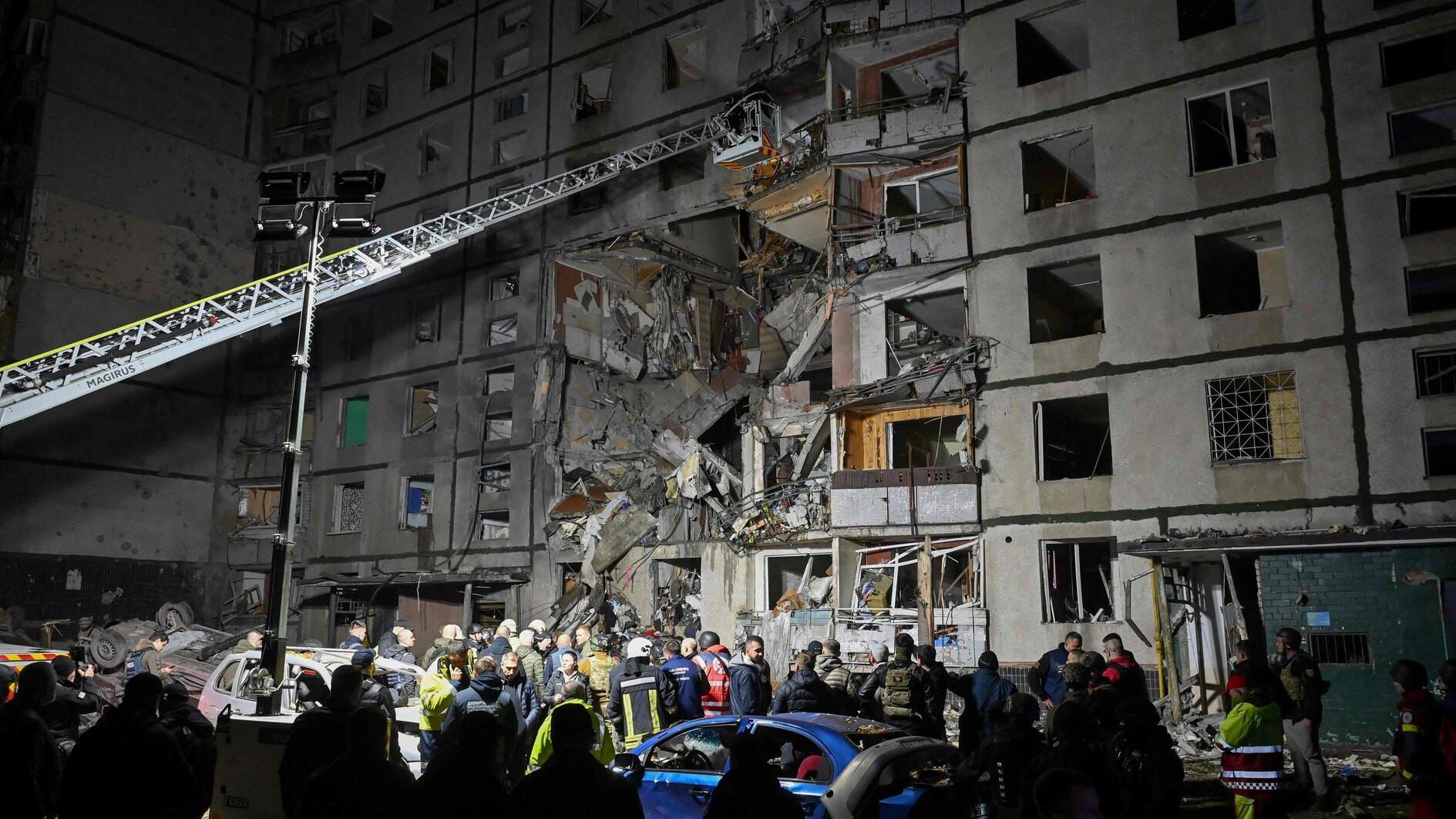A lesson for those who destroy nature
The contemporary civilization criterion in the 21st Century is measured not by cement, but by the ability to minimize the effect of investments to the environment.
Countries like us, where certain investments are exempt from Environmental Impact Assessment (ÇED) reports, where cement is favored over green, are regarded as “primitive.” And all of this is done while “development” lovers claim they are serving humanity in order to rationalize the environmental destruction.
They are so shallow that they cannot even comprehend what the environmentalists are saying when they cry with all their might that the issues that emerge as birds, rivers and forests are being destroyed are preparing the end of humanity.
Or they do understand, but money is sweeter to them.
One should not be surprised that after Norwegian colonists who arrived in Iceland totally destroyed the fertile soil and the forests that Iceland was the poorest piece of land in Europe for a long time.
Deforestation, climate change and drought have ended countless civilizations, but there is one that should be told as a good lesson: The story of Easter Island.
Easter Island is a Polynesian island in the southeastern Pacific Ocean filled with giant statues and platforms. It is the best example of how a society can destroy itself by over consuming its resources.
In the 1200’s Polynesians settled there and used up all their resources while building these statutes.
Other societies living in neighboring islands spent their labor and resources for such activities as trade, invasion and exploration. The Easter Island locals, however, competed with each other to build bigger statues and their chiefs abused peoples’ beliefs for this rivalry.
Nature was destroyed and in the end, it was the people who were the losers.
Thick and long ropes that were made from tree fibers were needed to erect the statues. Trees were cut to make ropes. No forests were left.
When forests were no longer there, birds left the island. Raw materials, such as feathers and bark, became extinct. When medicinal herbs were gone, the health of the islanders was affected; when the fruits from the forest were gone, then their nutrition was affected.
When there were no trees, they could not build canoes; trade came to an end. Without canoes, they could not fish and finding food became difficult.
On a treeless land, erosion started, agriculture was finished.
And a civil war erupted in the island.
Half of the surviving islanders were kidnapped by Peruvians and made slaves to work in mines. Many of them lost their lives. Due to international pressures, a dozen people were sent back, but they carried smallpox to the island; all of the local population caught in the epidemic died.
When Catholic missionaries settled on the island in 1872, the local population had gone down to 111. In 1888, Chile annexed the island. Under the administration of a Scottish company, the island turned into a sheep farm and locals had to work for the company for their board.
This may sound like a disaster scenario, but it is a true story.
With a political power that takes pride in building the biggest palaces of justice, the largest airports in the world, the one which, after destroying forests plants a few trees by the highways as a show; a government that dries streams and allocates agricultural land to the monopoly of international companies… Let us hope our end will not be like that of Easter Island.
Let us hope the mosque that is built at Istanbul’s Çamlıca Hill and so many others will not remind people in the future of the statues of poor Easter Island.











